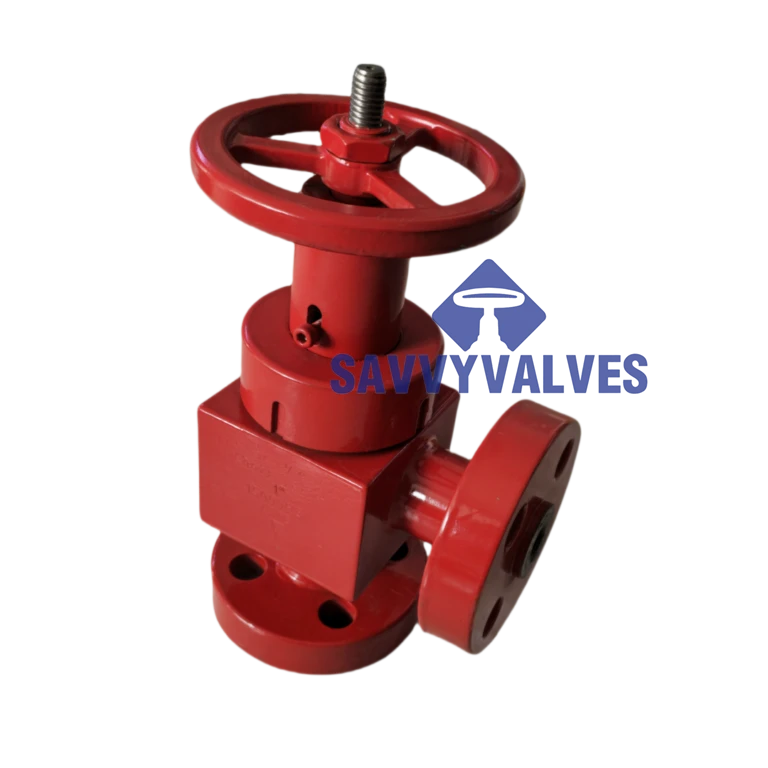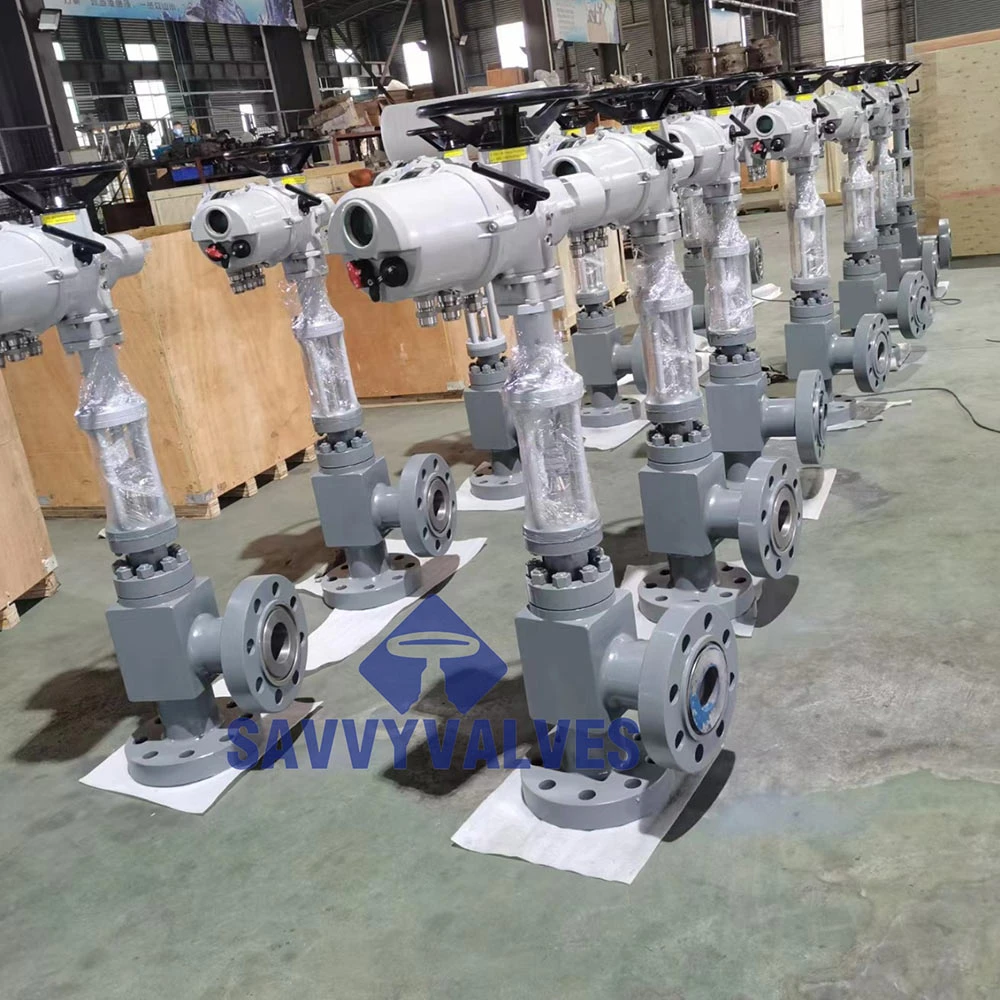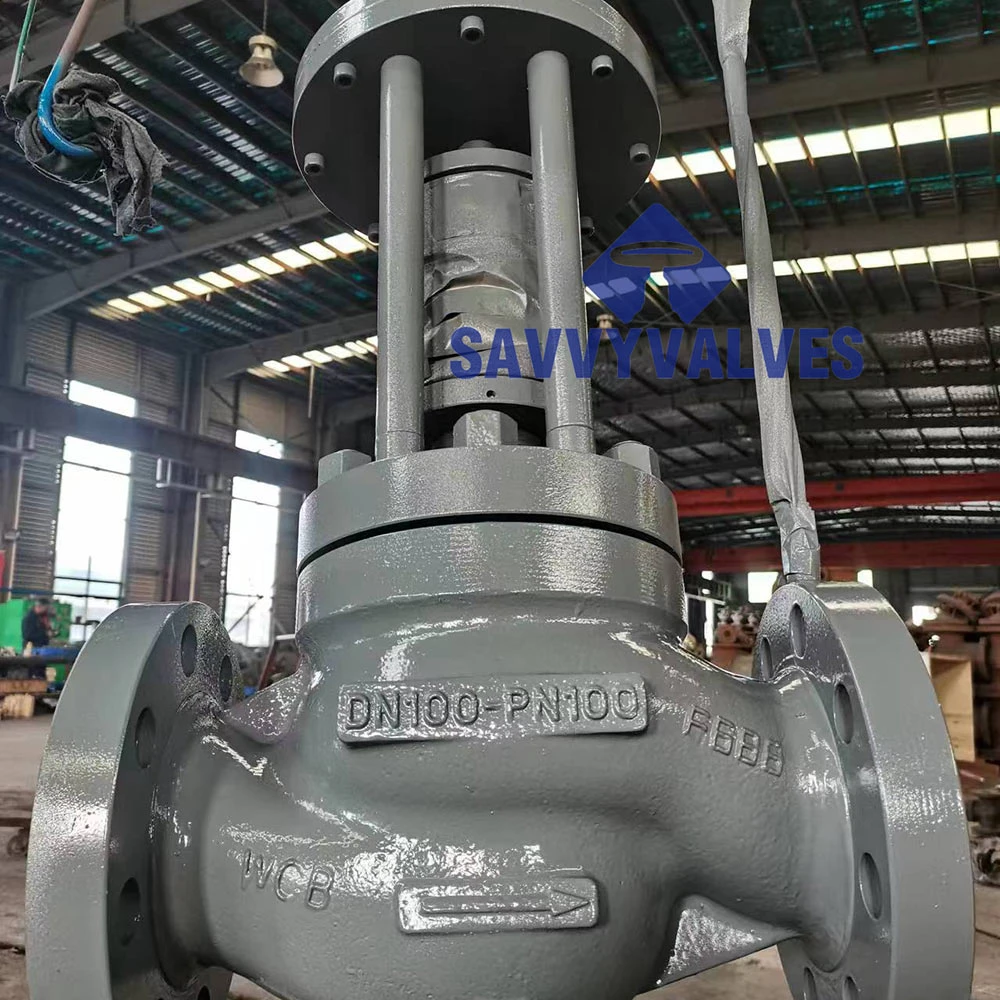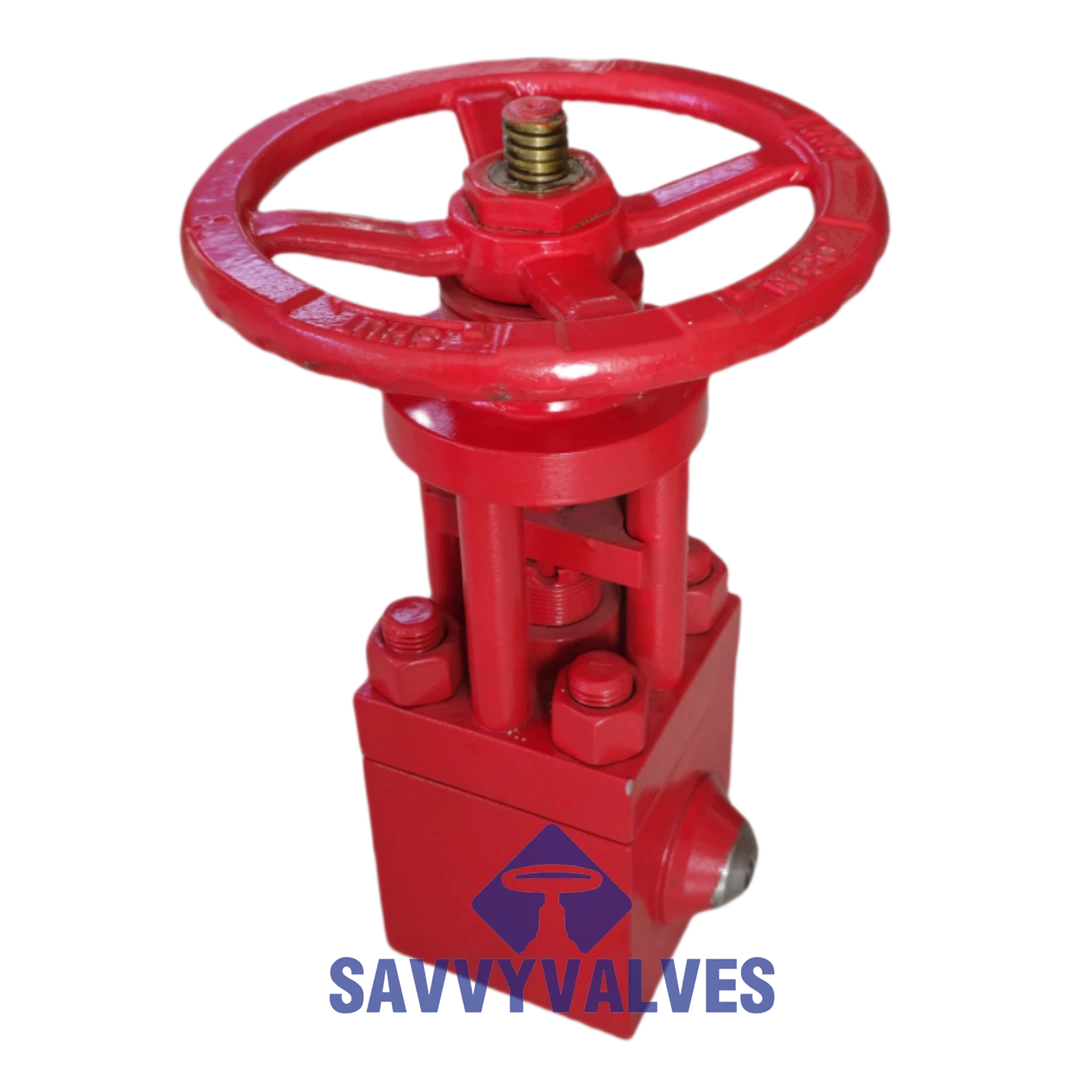válvulas de estrangulamiento
-
Tamaño: 2" (2 pulgadas)
Clasificación de presión: 10,000 PSI (cumple con API 6A)
Operador: Actuador motorizado
Extremo de conexión: Brida RTJ (API 6BX)
Configuración: Patrón angular, molduras enjauladas equilibradas
Acabado de la superficie: pulido con chorro de arena y recubierto de epoxi
Rango de temperatura: -29 °C a 425 °C
-
Breve descripción: Tamaño: 1″ Clasificación: 10000 PSI, 10K Materiales: Cuerpo y bonete ASTM A182 A105 Disco ASTM A182 F105+TCC Vástago ASTM A182 F6A Asiento del cuerpo con recubrimiento TCC Operador: volante Extremos: API 6A, API 6D.
-
LAS FOTOS MUESTRAN LAS ESPECIFICACIONES A CONTINUACIÓN
TAMAÑO: 3″
CLASIFICACIÓN: 10000 PSIG
CARROCERÍA Y CAPÓ: TC YG6
ENCHUFE: TC YG20
TALLO: INCONEL 625
JAULA: INCONEL 625
ASIENTO: YG 6
ACTUACIÓN: ACTUADOR ELÉCTRICO
-
LAS FOTOS MUESTRAN LAS ESPECIFICACIONES A CONTINUACIÓN
TAMAÑO: DN100
CLASIFICACIÓN: PN100
CARROCERÍA Y CAPÓ: A216 WCB
ENCHUFE: 410SS
VÁSTAGO: 316SS
JAULA: 410SS
ASIENTO: 410SS
ACTUACIÓN: ACTUADOR NEUMÁTICO
-
Breve:
Tamaño: 1/2″
Clasificación: 4500LB
Materiales:
Cuerpo y capó ASTM A105
ASTM A105 + estelita 6 Disco
Vástago ASTM A182 F6A
Asiento con carrocería superpuesta de Stellite 6
Operador: volante
Extremos: BW según ANSI B16.25
A choke valve is a type of control valve specifically designed to regulate the flow and pressure of fluids—especially in high-pressure systems such as oil and gas production. It works by varying the size of the flow passage through a movable component, often a plug or needle, which reduces or increases flow rate accordingly. Unlike standard valves that primarily open or close flow, choke valves are meant for precise throttling, allowing operators to control production rates and manage pressure drops in wellheads and pipelines. They are built to withstand harsh environments, including corrosive and erosive fluids, thanks to durable materials like tungsten carbide or Inconel. Choke valves can be fixed or adjustable: fixed choke valves use a static orifice size, while adjustable versions allow dynamic control via manual or automated actuation. In many systems, they serve as the first line of control, reducing pressure from reservoir levels to downstream equipment tolerances. Their reliability and accuracy make them essential in high-pressure oilfield operations, ensuring safe, stable, and efficient fluid handling over long periods.





